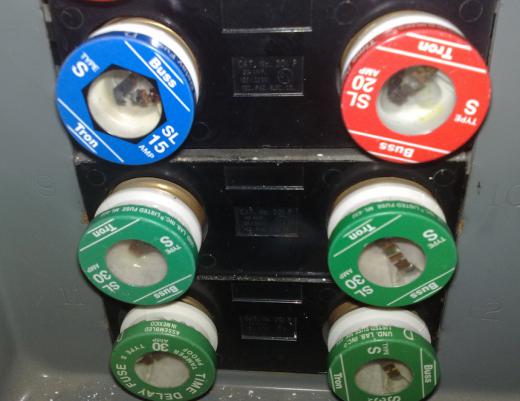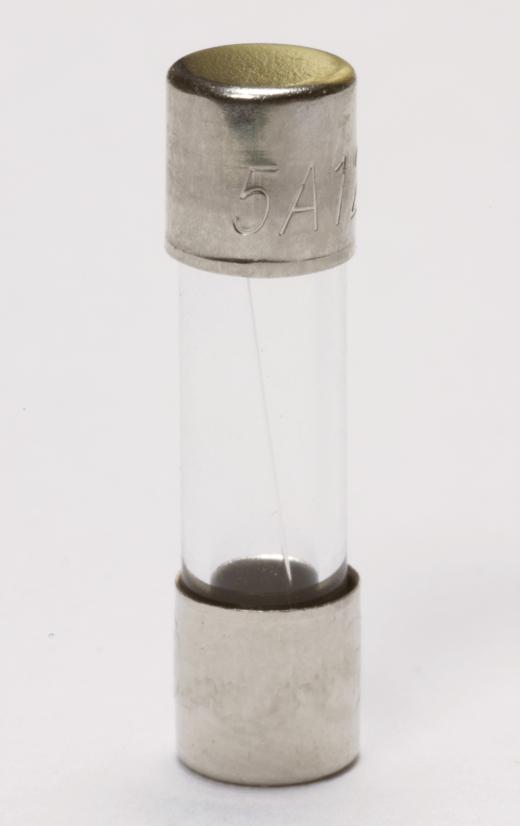A consumer unit is a box of breaker switches installed on the dwelling side of the electric meter. In the US, this device is commonly referred to as a residential breaker box. A consumer unit is intended to serve only one dwelling with two phase wiring. Prior to breaker switches, the box used fuses and was often called a "fuse box."
The electrical circuitry of the home is divided into separate circuits by a consumer unit. Each circuit has its own breaker switch, which is rated according to the carrying capacity of the circuit. If that capacity is exceeded, it causes a breaker switch to flip to the "off" position. Putting a switched circuit back in use requires only flipping it back to "on."

If the consumer unit is old and still using fuses, the fuse will burn out when the carrying capacity is exceeded. Rather than flipping a switch, a fuse must be replaced to restore power. All modern circuitry uses breaker switches rather than fuses because they are safer and easier for the homeowner to use.
The nuisance caused by fuses burning out led some people to bypass them by placing a copper penny behind the fuse, then screwing it in. Bypassing the fuse is a very dangerous practice, and is part of the reason that most US mortgage lenders will not lend if the consumer unit still uses fuses rather than breaker switches. The purpose of the switch box is to protect the home from overloaded circuits that could start a house fire.

Each breaker or fuse in the consumer unit will be labeled in amps. The amp rating is multiplied by the voltage to yield watts. US standard voltage is 110 volts, while most of the rest of the world uses 220 volts. A 20 amp breaker would carry 2200 watts in the US and 4400 watts where 220 volts is standard. To avoid the nuisance of flipped breakers, a homeowner should make sure the total wattage of everything to be run on that circuit is less than the carrying capacity of the circuit.

Some circuits are wired with heavier gauge, higher capacity wire to carry more electrical power. Electric ranges, dishwashers, clothes dryers, and water heaters are usually on a circuit dedicated exclusively to that use and have higher capacity wiring and breaker switches. Heavier gauge wiring is not used throughout the house because it is more expensive and beyond the needs of most devices.
